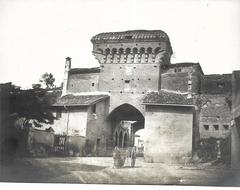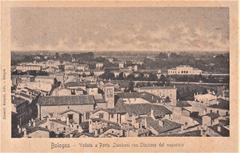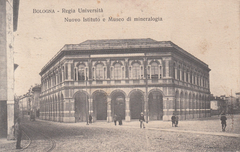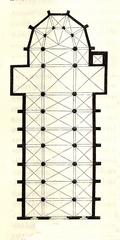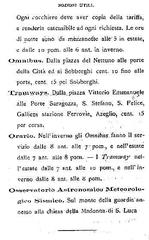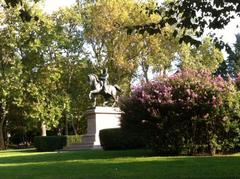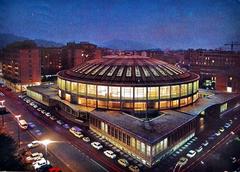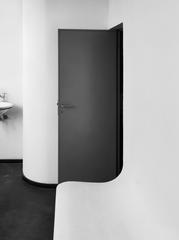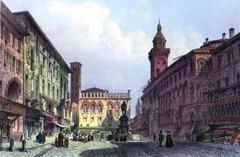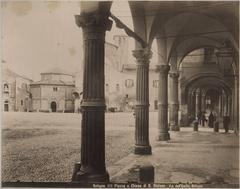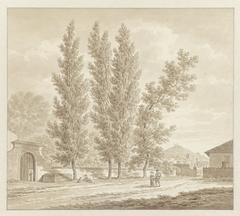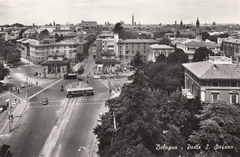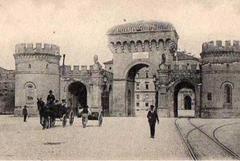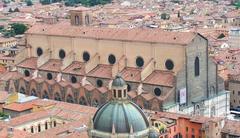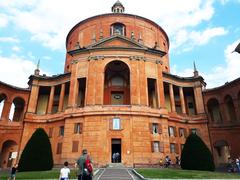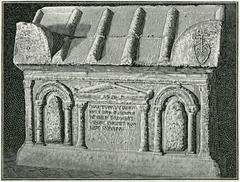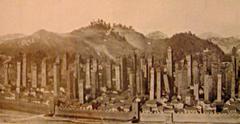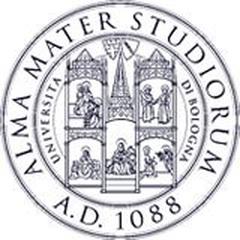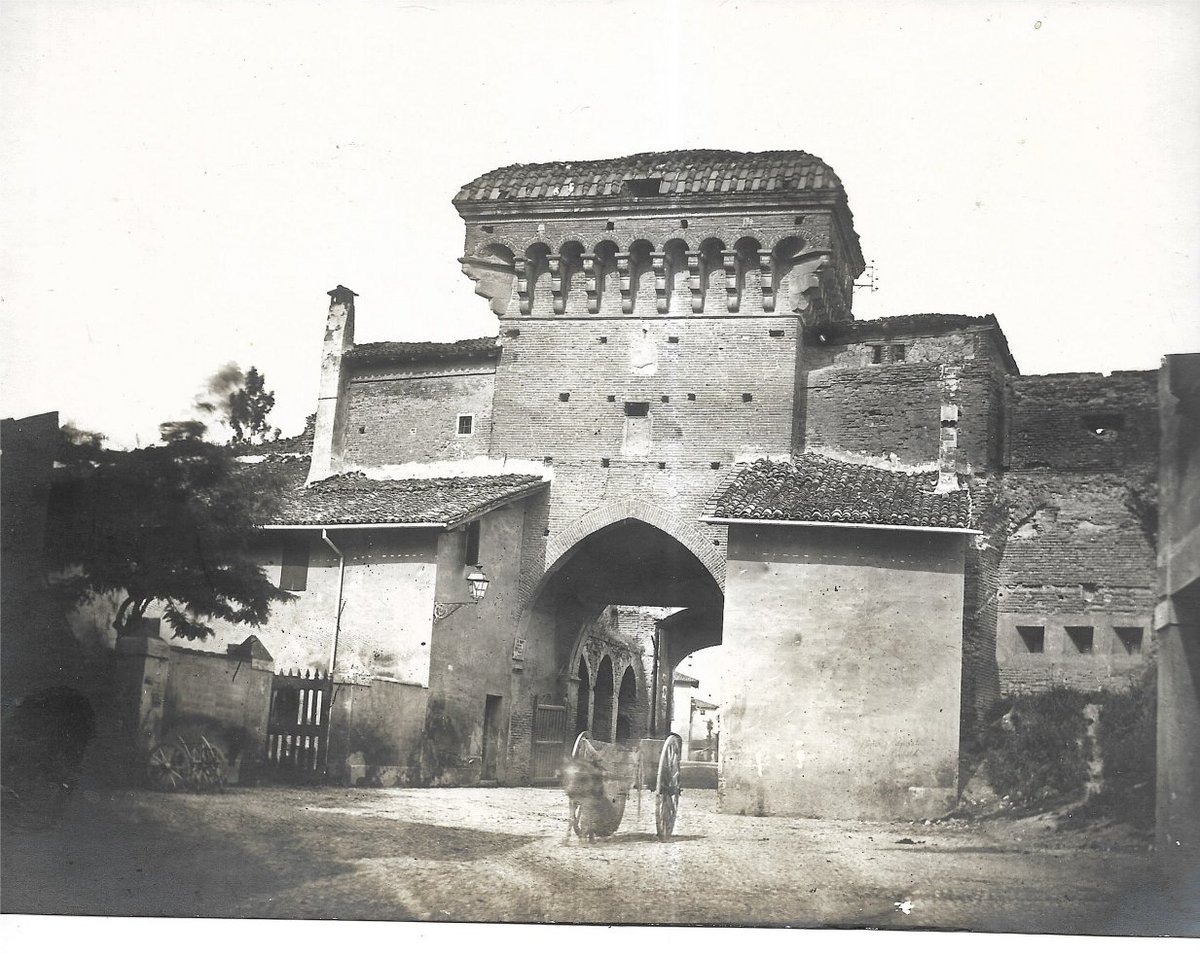
Porta San Donato Visiting Hours, Tickets, and Historical Sites in Bologna
Date: 19/07/2024
Introduction
Porta San Donato, a magnificent gateway embedded in the medieval walls of Bologna, Italy, is not only an architectural wonder but also a crucial piece of the city’s historical fabric. Constructed in 1250, this gate is one of the twelve original entrances that fortified Bologna, reflecting a time when the city was a burgeoning center of commerce, education, and strategic importance (Bologna Welcome). Porta San Donato stands as a testament to medieval military engineering, complete with its robust structure, central archway, and defensive towers, embodying the essence of Bologna’s rich heritage (Architettura Medievale).
The gate’s proximity to the University of Bologna, the oldest university in the world, underscores its role in the academic and cultural life of the city. Over centuries, Porta San Donato has witnessed numerous historical events, from the wars between the Guelphs and Ghibellines to the Renaissance transformations that shaped modern Bologna (University of Bologna). Today, it stands preserved as a cultural landmark, offering visitors a tangible connection to Bologna’s storied past. Whether you are a history enthusiast, an architecture aficionado, or a curious traveler, this guide will provide you with all the necessary insights and tips for a memorable visit to Porta San Donato.
Table of Contents
- Introduction
- Origins and Early History
- Architectural Significance
- Role in Bologna’s Defense
- Renaissance and Modernization
- Decline and Restoration
- Visitor Information
- Cultural and Historical Significance
- Recent Developments
- FAQ
- Conclusion
Discover the Rich History and Visitor Information of Porta San Donato in Bologna
Origins and Early History
Constructed in 1250, Porta San Donato was part of the third circle of walls built to protect Bologna from external threats. Named after the nearby church of San Donato, this gate was a strategic move to fortify Bologna, reflecting the city’s growing importance in the region (Bologna Welcome).
Architectural Significance
The architectural design of Porta San Donato is a testament to the medieval military engineering of the time. The gate features a robust structure with a central archway flanked by two imposing towers equipped with battlements and machicolations used for defensive purposes. The design also included a portcullis and a drawbridge, adding to its defensive capabilities. The use of brick and stone in its construction highlights the typical materials used in medieval Bologna (Architettura Medievale).
Role in Bologna’s Defense
Porta San Donato played a crucial role in the defense of Bologna during various conflicts. In the 14th century, the gate was a focal point during the wars between the Guelphs and Ghibellines, two factions vying for control over the city. Its strategic location made it a target for enemy forces, and it witnessed several sieges and battles, demonstrating its importance in the city’s defense strategy (Medieval Warfare).
Renaissance and Modernization
During the Renaissance, Bologna underwent significant changes, and Porta San Donato was no exception. In the 16th century, the gate was renovated to accommodate the evolving needs of the city. The drawbridge was replaced with a permanent stone bridge, and the gatehouse was expanded to include living quarters for the guards. These modifications reflected the shift from purely military functions to more administrative and residential uses (Renaissance Bologna).
Decline and Restoration
By the 19th century, the defensive role of Porta San Donato had diminished, and the gate fell into disrepair. The expansion of the city beyond the medieval walls and the advent of modern warfare rendered the gate obsolete. However, recognizing its historical and architectural value, the city of Bologna undertook restoration efforts in the late 19th and early 20th centuries. These efforts aimed to preserve the gate’s original features while making it accessible to the public (Bologna Restoration).
Visitor Information
Best Time to Visit Porta San Donato
The best time to visit Porta San Donato is during the spring (April to June) and autumn (September to October) months, when the weather is mild and pleasant. These seasons offer an ideal climate for exploring the gate and the surrounding areas without the extreme heat of summer or the cold of winter (Weather Spark).
Porta San Donato Tickets and Visiting Hours
Porta San Donato is open to the public throughout the year. The visiting hours are typically from 9:00 AM to 7:00 PM, but it is advisable to check the latest timings on the official website or local tourist information centers. Entry to the gate is usually free, but special exhibitions or guided tours may have a nominal fee. Tickets for such events can be purchased on-site or through the official tourism website of Bologna (Bologna Welcome).
Nearby Attractions and Travel Tips
While visiting Porta San Donato, take the opportunity to explore other historical sites in Bologna. The nearby University of Bologna, the world’s oldest university, and the iconic Two Towers (Le Due Torri) are must-visit landmarks. For a more immersive experience, consider joining a guided tour that covers the medieval walls and gates of Bologna, providing deeper insights into the city’s history (GetYourGuide).
Accessibility and Best Photo Spots
Porta San Donato is accessible to all visitors, including those with mobility challenges. The area around the gate has been developed to ensure ease of access. For photography enthusiasts, the best spots to capture the grandeur of Porta San Donato are from the front, showcasing the central archway and towers, and from the sides, highlighting the detailed brickwork and stone construction (Photography Life).
Cultural and Historical Significance
Today, Porta San Donato stands as a symbol of Bologna’s rich history and cultural heritage. The gate is a popular tourist attraction, drawing visitors interested in medieval architecture and history. It also serves as a reminder of the city’s resilience and strategic importance throughout the centuries. The preservation of Porta San Donato allows visitors to experience a tangible connection to Bologna’s past (Cultural Bologna).
Recent Developments
In recent years, Porta San Donato has been integrated into Bologna’s urban landscape as part of the city’s efforts to promote historical tourism. The gate and its surroundings have been enhanced with informative plaques and guided tours, providing visitors with insights into its historical significance. Additionally, the area around Porta San Donato has been developed into a vibrant cultural hub, hosting events and exhibitions that celebrate Bologna’s medieval heritage (Tourism Bologna).
FAQ
What are the visiting hours for Porta San Donato?
Porta San Donato is typically open from 9:00 AM to 7:00 PM, but it is recommended to check the latest timings on the official website or local tourist information centers.
How much are tickets for Porta San Donato?
Entry to Porta San Donato is usually free. However, special exhibitions or guided tours may have a nominal fee, and tickets for such events can be purchased on-site or through the official tourism website of Bologna.
Conclusion
Porta San Donato’s history is a microcosm of Bologna’s evolution from a medieval fortress city to a modern cultural center. Its architectural features, historical significance, and ongoing preservation efforts make it a must-visit site for anyone interested in the rich tapestry of Bologna’s past. The gate stands as a testament to the city’s enduring legacy and its ability to adapt and thrive through the ages. Plan your visit to Porta San Donato and immerse yourself in the fascinating history of Bologna. For more information and updates, download the Audiala app, check out our related posts, or follow us on social media.
References
- Bologna Welcome, n.d., Bologna Welcome source
- Architettura Medievale, n.d., Architettura Medievale source
- Medieval Warfare, n.d., Medieval Warfare source
- Renaissance Bologna, n.d., Renaissance Bologna source
- University of Bologna, n.d., University of Bologna source
- Tourism Bologna, n.d., Tourism Bologna source
